Year of the Ginkgo: A Message from the President
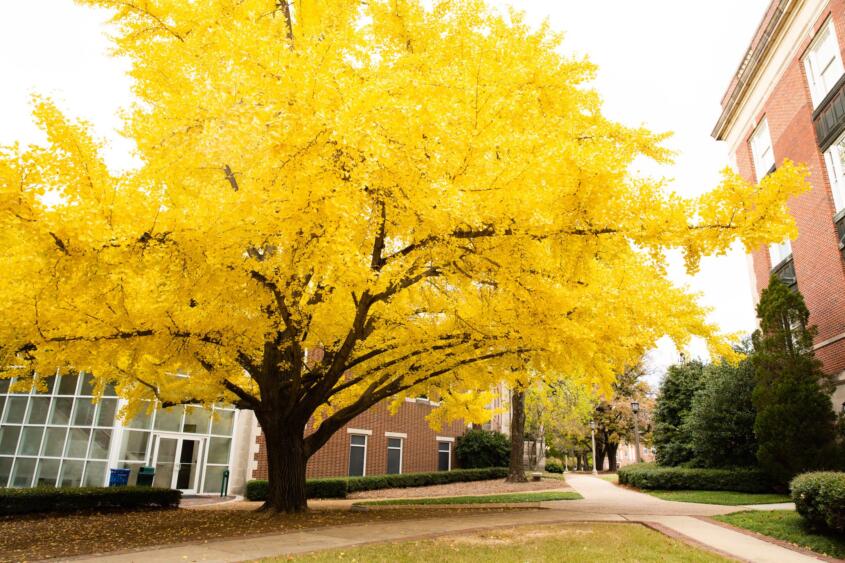
The Ise-Jingu shrine in the holiest Shinto shrine in Japan, dating back 2,000 years. Every two decades for the last 1,300 years, the shrine has been torn down and rebuilt to exact specifications even though to the unaware eye, it does not change. This practice means that every new generation gets to rebuild the shrine, following ancient traditions and methods and passing knowledge on without loss. While every generation is different, this rebuilding of the shrine connects each to generations long before and long after their own.
The Ise-Jingu shrine is an apt metaphor for the liberal arts, a form of education that has also been around for two millennia. While the curriculum seems to change every 20 years, effectively torn down and rebuilt, the liberal arts methods are passed along from generation to generation. In pursuing a liberal arts education, we learn to think critically; we learn to draw our own conclusions based on empirical facts and experiences. We learn the skills needed to participate as citizens in the democratic process. We learn all of this by repeating processes that require examination and analysis of evidence based on experience and practice. We learn to learn.
Birmingham-Southern College is our state’s shrine to the liberal arts. Founded in 1856, it seems to change dramatically with every couple of generations. The merger of Southern University and Birmingham College in 1918 and the absorption of the Birmingham Conservatory of Music in the 1950s are just two of many apparent redirections. No doubt there will be many more, but the mission of the College – the process of learning to think critically, and the preparation of young people to lead and serve – will endure.
One of BSC’s most enduring symbols is the ginkgo tree. Named after the Japanese pronunciation gin kyo, the ginkgo tree has been around for about 290 million years. The oldest living trees may date back as far as 2,500 years. In Japan, the tree leaf appropriately symbolizes longevity. And yet each year, the tree sheds these leaves in a dramatic drop every November, seemingly dying as winter sets in. As students walk past Munger toward Stockham and the Stephens Science Building, the ginkgo leaves gradually turn from bright green to egg yolk yellow. Their sudden drop signals the end of the fall term and the beginning of the holiday season.
The annual life cycle of the ginkgo tree is one of the many subtle but unique experiences shared by the Birmingham-Southern community. It is an experience that bring alumni back like a “madeleine de Proust” to those feelings of being a student once again. It connects us all to the time of year, academic and otherwise; it connects us to each other in the BSC community.
The trees outside of Munger were a gift in 1957 from Mary Griffin Johns Doster ’52 in memory of Frances Sensabaugh Real. A 1955 BSC graduate who grew up on campus – her father, Dr. Leon Sensabaugh, was chair of the social sciences department, and her mother Mary Holmes Sensabaugh, was dean of women – Frances was the wife of a BSC graduate and the mother of two more BSC alumnae. Although her life was too short, these trees and their longevity keep her memory alive for generations.
A circle of ginkgo-shaped bronze seats crafted by metal artist John Stewart Jackson ’01 was installed in 2014 under the largest tree. When empty, the seats complement the beauty of the trees. When filled with students sitting and listening to faculty on warm, sunny days, they become support vessels for the intake of knowledge.
Next to the ginkgo trees is another familiar symbol of the college: Munger Hall. “Only” 94 years old, Munger was built about a decade after the merger of Birmingham College and Southern University. It was a statement that this new college on a hilltop on the west side of Birmingham was here to stay. And yet nothing is permanent. Munger has become dated over time; it is the opposite of the Shinto Shrine.
Munger’s immutable façade and worn interior remind us that colleges can grow stale. It is the ginkgo tree, not Munger, that reminds us that the process of change is the only thing that is immutable. Through the consistent, dependable, and beautiful life cycle of its foliage, the ginkgo reflects the resilience of this institution as its fortunes ebb and flow across the generations. The ginkgo reflects our tenacious adherence to enhancing the lives of young people through introducing them to the freedom found in thinking for themselves. It is this tenacity in the classroom, not immutable facades, that has enabled Birmingham-Southern to endure.
And yet the ginkgo is just a symbol. Our alumni are the living, breathing Shinto temples of this institution. Their sense of purpose in their own lives; their willingness to take on leadership roles in their communities and professions; their creativity and confidence all reflect the new temple created by Birmingham-Southern with every graduate. As long as Birmingham-Southern is here, the process of creating that human temple lives on with every generation.
Sincerely,
President Daniel Coleman


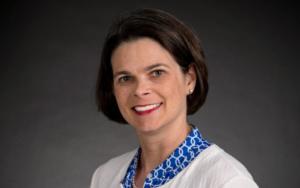
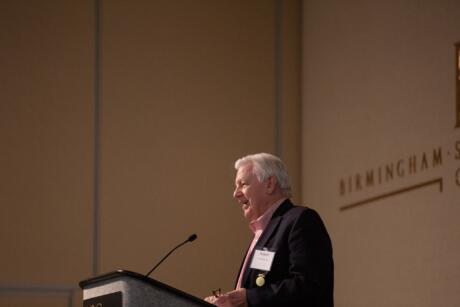
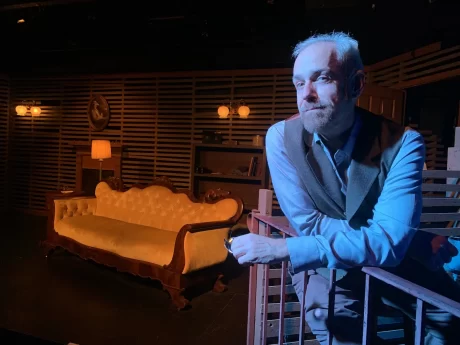
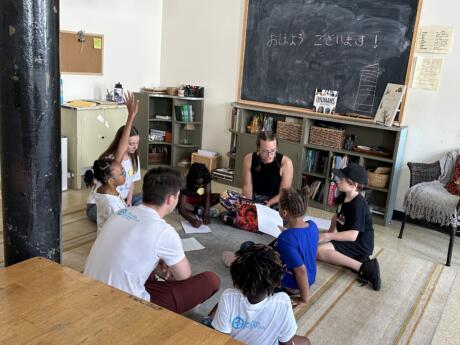
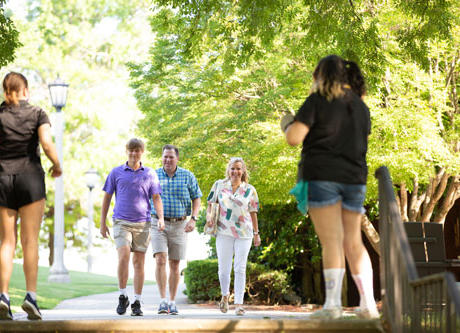
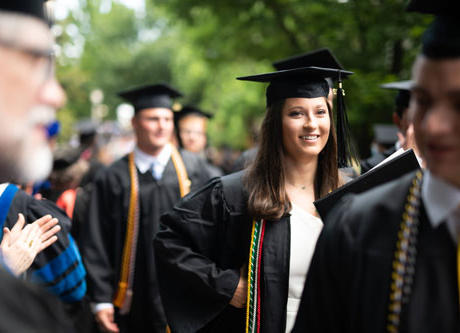


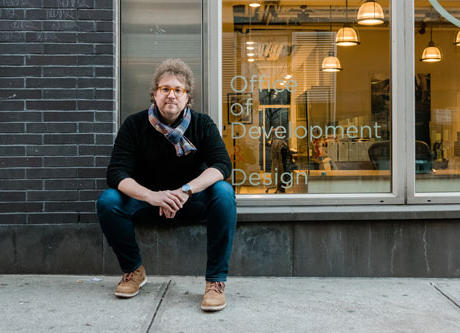
// Comments are closed //